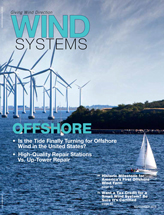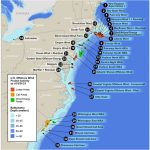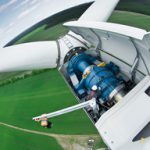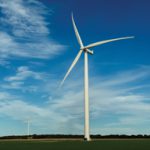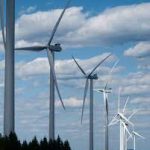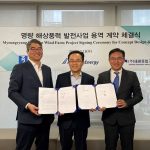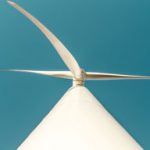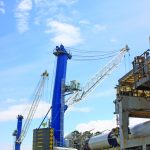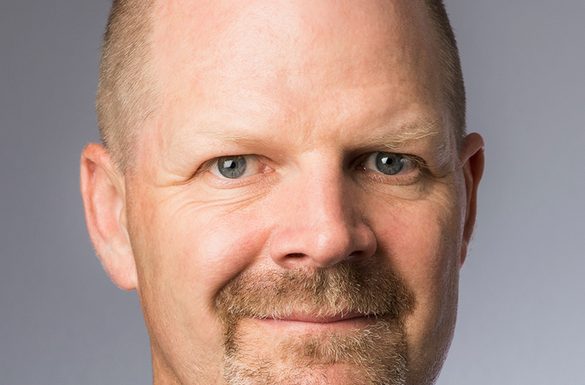Secretary of Energy Ernest Moniz emphasized the need for stable policy for wind energy as the U.S. Department of Energy (DOE) released data showing that the cost of wind energy has fallen by nearly two-thirds over the last six years.
“With declining costs and continued technological development, these reports demonstrate that wind power is a reliable source of clean, renewable energy for American homes and businesses,” Moniz said in a release issued by the DOE about its 2014 Wind Technologies Market Report. “Through continued investments and the help of stable policies, we’re confident that wind power will keep playing a major role in creating jobs and shaping America’s clean energy future.”
American wind power has become increasingly affordable due to the success of performance-based renewable energy tax incentives in driving U.S. manufacturing and American ingenuity. The cost of wind energy has fallen 65.5 percent since 2009 according to the DOE report, which also says the U.S. is the global leader in total wind energy production with enough to power the equivalent of 18 million average American homes.
 “While this report is good news, extending the Production Tax Credit and Investment Tax Credit remains critical for keeping Americans at work, reducing the cost of wind energy, and continuing to scale up this homegrown resource through the end of this decade,” said Tom Kiernan, CEO of the American Wind Energy Association (AWEA). “Wind energy is increasingly cost-competitive in several parts of the U.S., but we need stable, predictable policy to continue bringing this consumer benefit to every corner of the country. Policy stability will keep this American economic success story going.”
“While this report is good news, extending the Production Tax Credit and Investment Tax Credit remains critical for keeping Americans at work, reducing the cost of wind energy, and continuing to scale up this homegrown resource through the end of this decade,” said Tom Kiernan, CEO of the American Wind Energy Association (AWEA). “Wind energy is increasingly cost-competitive in several parts of the U.S., but we need stable, predictable policy to continue bringing this consumer benefit to every corner of the country. Policy stability will keep this American economic success story going.”
American wind power supports 73,000 direct jobs in 50 states with nearly 20,000 well-paid manufacturing jobs. Federal policy plays a critical role in the wind industry’s decisions to make long-term investments in U.S. manufacturing facilities, research and development, and worker training to create the modern American wind industry. An extension of the Production Tax Credit (PTC) and Investment Tax Credit (ITC) enables the private investment needed for American wind power to make the further gains in productivity needed to achieve cost competitiveness with more traditional sources of electricity. That would allow for American homes and businesses to have greater access to reliable, stably priced, non-polluting, and homegrown wind energy for decades to come.
However, near-term uncertainty about the PTC and ITC puts those investments and the gains they have achieved at risk. The U.S. wind industry lost nearly 30,000 well-paying jobs the last time Congress did not provide wind power with policy stability, pushing the industry off an economic cliff and causing wind installations to drop 92 percent the following year.
According to the DOE’s recent Wind Vision report, growing wind energy to 20 percent of the U.S. electricity mix could create 380,000 jobs. Wind Vision also says wind could support 600,000 jobs by supplying 35 percent by 2050, which would result in cumulative savings on consumer electric bills of $149 billion.
— Source: AWEA
















